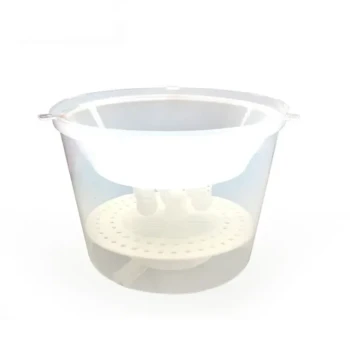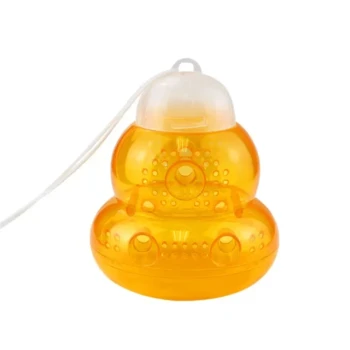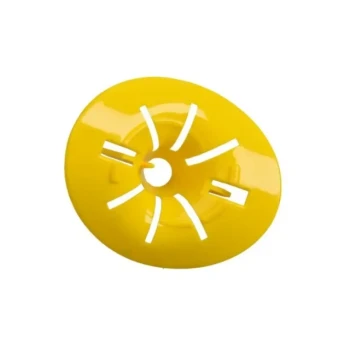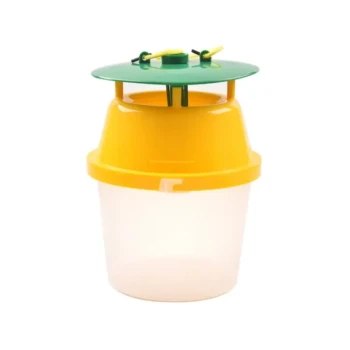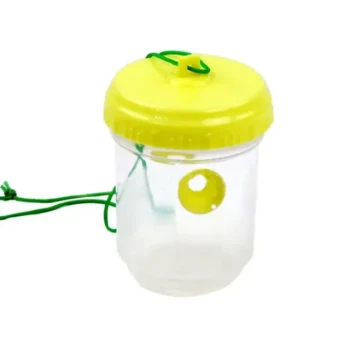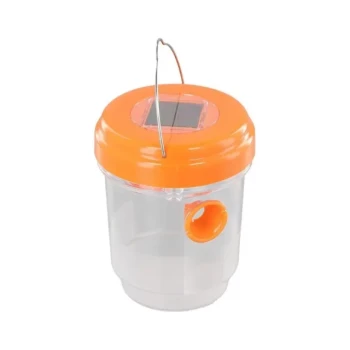At its core, a well-designed pollen trap is a specialized tool that balances two critical goals: efficiently collecting pollen for the beekeeper and ensuring the honey bee colony remains healthy and productive. It achieves this by carefully stripping pollen from returning foragers without impeding their ability to leave the hive and by never collecting 100% of the incoming pollen, leaving a vital portion for the bees' own use.
A truly effective pollen trap is not just a collection device; it is an integrated hive component designed to work with the bees' natural behavior, safeguarding the colony's health while providing a high-quality harvest for the beekeeper.
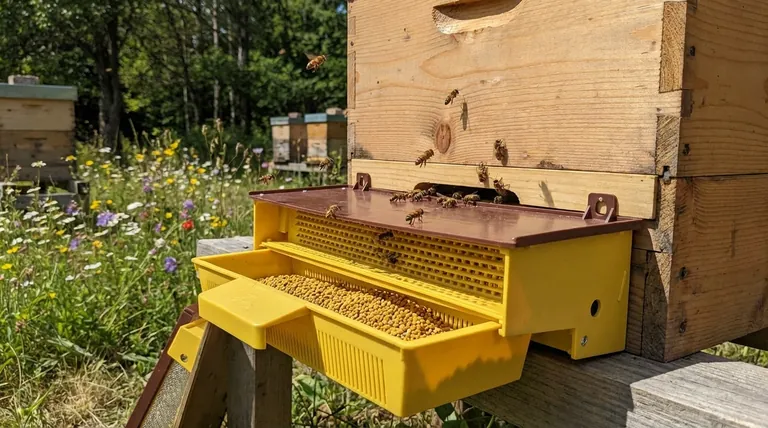
The Core Principles of Effective Design
A successful pollen trap isn't defined by a single feature, but by how several key principles work together. Understanding these principles is essential for evaluating any model.
Unrestricted Egress, Restricted Ingress
The fundamental mechanism of any good trap is a one-way system. Bees must be able to exit the hive without restriction.
Upon their return, however, they are directed through a screen or a set of openings. These openings are just large enough for the bee to pass through but small enough to scrape the pollen pellets from the pollen baskets on their hind legs.
The "Goldilocks" Collection Rate
A well-designed trap should not capture all incoming pollen. Doing so would starve the colony of the protein it needs to feed its larvae.
The ideal efficiency is between 60% and 80%. This rate provides a substantial harvest for the beekeeper while ensuring enough pollen gets through to sustain the hive's brood-rearing cycle.
Protecting the Harvested Pollen
Once collected, pollen is vulnerable. A superior trap includes a collection drawer or tray that protects the pollen from direct sunlight, moisture, and contamination.
This feature is critical for maintaining the nutritional quality and freshness of the final product, preventing mold growth and degradation.
Evaluating Key Design Features
While the principles are universal, the physical designs vary. The best choice often depends on your specific hive setup and management style.
Mounting Position and Materials
Pollen traps are available in bottom-mounted, top-mounted, side-opening, and back-opening configurations. Bottom-mounted traps are common and integrate with the hive's natural entrance.
They can be constructed from wood or plastic, with stripping mechanisms made from wire mesh or precisely drilled openings. The key is ensuring the design is durable and fits your hive bodies perfectly.
Ease of Use and Hive Compatibility
The trap should be easy to engage and disengage. This allows the beekeeper to collect pollen intermittently, giving the colony breaks to replenish its own stores.
Furthermore, the trap's dimensions must maintain uniformity with your existing hive components. A poor fit can create unwanted gaps, allowing bees to bypass the trap or providing entry points for pests.
Understanding the Trade-offs and Risks
Implementing a pollen trap requires careful management to mitigate potential negative impacts on the colony.
The Risk of Overheating
A pollen trap alters the hive's main entrance, which can restrict airflow. It is crucial to install the trap on cooler days to prevent the hive from overheating, especially in warm climates.
The Bee Adjustment Period
Bees need time to adapt to the new entrance configuration. This adjustment can take anywhere from a few hours to a few days. During this period, you may see bees clustering at the front as they reorient.
For top-mounted traps, it is essential to pre-orient the bees to a top entrance for one to two weeks before installing the trap itself.
Ensuring a Single Point of Entry
For a trap to work, it must be the only way in or out. Before installation, you must seal any alternative entrances, such as cracks in the hive bodies or gaps in the cover.
How to Apply This to Your Hive
Your choice should be guided by your primary goal, always keeping the health of the colony as the top priority.
- If your primary focus is maximum harvest: Select a high-efficiency trap (closer to 80%) and monitor brood patterns closely to ensure the colony is not being deprived of protein.
- If your primary focus is minimizing hive disruption: Choose a model known for being easy to engage and disengage, and plan to use it only on certain days of the week.
- If you are new to pollen collection: Start with a standard bottom-mounted trap and run it for short periods, allowing you to observe your bees' reaction and perfect your collection process.
Ultimately, an informed beekeeper chooses a pollen trap that serves as a responsible partnership with their bees.
Summary Table:
| Key Feature | Why It Matters |
|---|---|
| Unrestricted Egress | Allows bees to exit freely, preventing hive stress. |
| 60-80% Collection Rate | Balances beekeeper harvest with colony nutrition needs. |
| Protected Collection Drawer | Shields pollen from sun, moisture, and contamination. |
| Easy Engagement/Disengagement | Enables intermittent use to give the colony breaks. |
| Proper Hive Fit | Prevents bees from bypassing the trap and keeps pests out. |
Ready to choose the right pollen trap for your commercial apiary?
At HONESTBEE, we supply durable, high-performance beekeeping equipment designed for the demands of commercial operations and distributors. Our selection of pollen traps is built to maximize your harvest while safeguarding the health and productivity of your valuable colonies.
Contact our wholesale experts today to discuss your needs and discover how our equipment can enhance your operation's efficiency and profitability.
Visual Guide
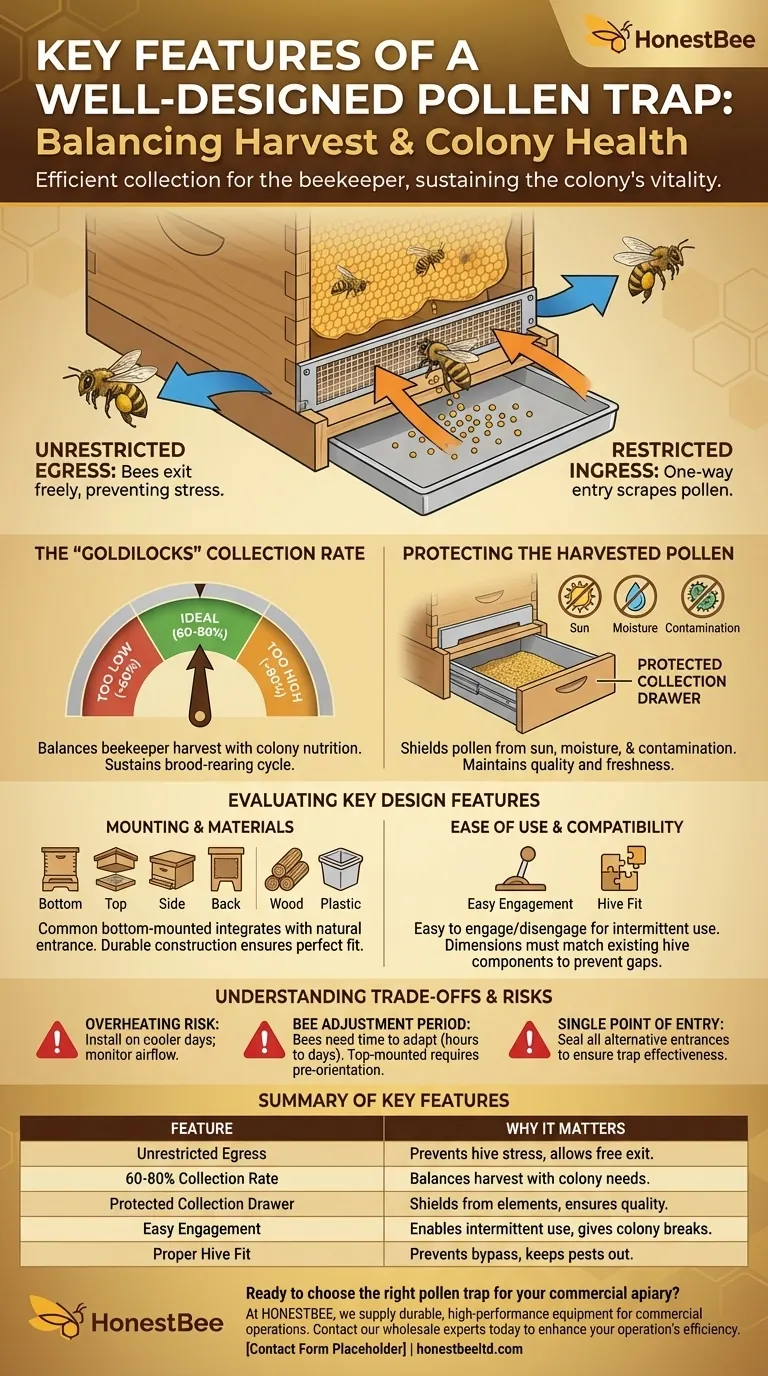
Related Products
- Removable Plastic Pollen Trap With Ventilated Tray for Bees Pollen Collector
- HONESTBEE Advanced Ergonomic Stainless Steel Hive Tool for Beekeeping
- Professional Galvanized Hive Strap with Secure Locking Buckle for Beekeeping
- Professional Multi-Component Bucket Wasp Trap
- Plastic Beetle Blaster Trap Beekeeping Tools and Supplies
People Also Ask
- How do bees adjust to a new pollen trap entrance? Ensure a Smooth Transition for Your Hive
- What are important considerations for responsible pollen collection? Sustain Your Hive's Health & Harvest
- What are the primary reasons beekeepers collect bee pollen? Boost Hive Health and Generate Income
- What are the key features of an effective pollen trap? Maximize Harvests & Protect Hive Health
- What are the main types of pollen traps? Choose the Right Design for Your Hive's Health



